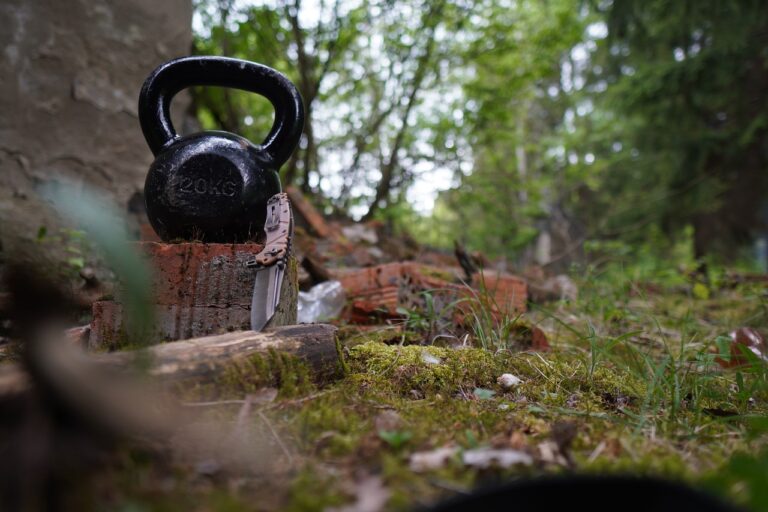Pathological Insights into Seagrass Health: Laser book login, Silverexchange.com login, 11xplay online
laser book login, silverexchange.com login, 11xplay online: Seagrass meadows are crucial marine ecosystems that provide habitat for a diverse array of species, protect coastlines from erosion, and play a vital role in carbon sequestration. However, these unique habitats are facing numerous threats, including pollution, coastal development, and climate change. In recent years, researchers have been investigating the role of pathogens in seagrass health and the potential impacts of disease on these vital ecosystems.
Pathogens are microorganisms that can cause disease in plants, animals, and humans. In seagrass ecosystems, pathogens such as fungi, bacteria, and viruses can infect seagrass plants, leading to symptoms such as lesions, discoloration, and ultimately, death. Understanding the dynamics of seagrass pathogens is essential for the conservation and management of these valuable ecosystems.
1. The Impact of Pathogens on Seagrass Health
Pathogens can have a significant impact on seagrass health, causing declines in seagrass abundance and diversity. Research has shown that seagrass pathogens can reduce the growth and reproductive capacity of seagrass plants, leading to decreased resilience to environmental stressors.
2. Identification of Seagrass Pathogens
Identifying seagrass pathogens is challenging due to the complex interactions between pathogens, host plants, and environmental factors. Researchers use a combination of techniques, including molecular biology, microscopy, and field surveys, to identify and characterize seagrass pathogens.
3. Disease Transmission in Seagrass Ecosystems
Understanding the transmission pathways of seagrass pathogens is crucial for developing effective management strategies. Pathogens can be spread through water currents, vectors such as grazing animals, and human activities such as boat traffic and coastal development.
4. Climate Change and Pathogen Dynamics
Climate change can alter the dynamics of seagrass pathogens by affecting factors such as water temperature, salinity, and nutrient availability. Warmer water temperatures, for example, can increase the virulence and spread of pathogens, leading to higher disease prevalence in seagrass populations.
5. Management of Seagrass Diseases
Effective management of seagrass diseases requires a holistic approach that considers the interactions between pathogens, host plants, and environmental factors. Strategies such as reducing pollution, restoring degraded habitats, and monitoring disease outbreaks are essential for maintaining the health of seagrass ecosystems.
FAQs
Q: Can seagrass diseases be treated?
A: There is currently no widely accepted treatment for seagrass diseases. Management strategies focus on preventing disease outbreaks and maintaining the overall health of seagrass ecosystems.
Q: How can I help protect seagrass habitats?
A: You can help protect seagrass habitats by reducing pollution, supporting conservation efforts, and practicing responsible boating and fishing practices.
In conclusion, understanding the role of pathogens in seagrass health is essential for the conservation and management of these valuable ecosystems. By studying the dynamics of seagrass diseases and developing effective management strategies, we can ensure the long-term health and resilience of seagrass habitats for future generations.







